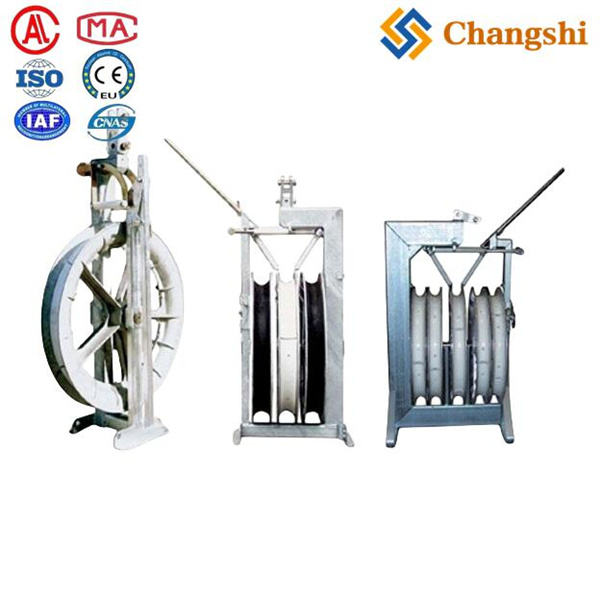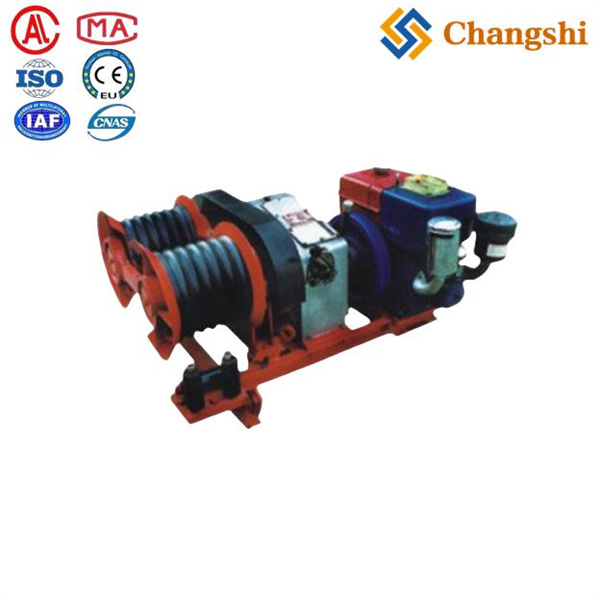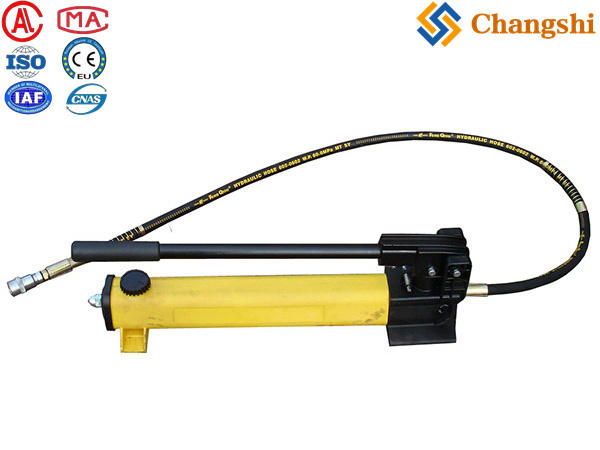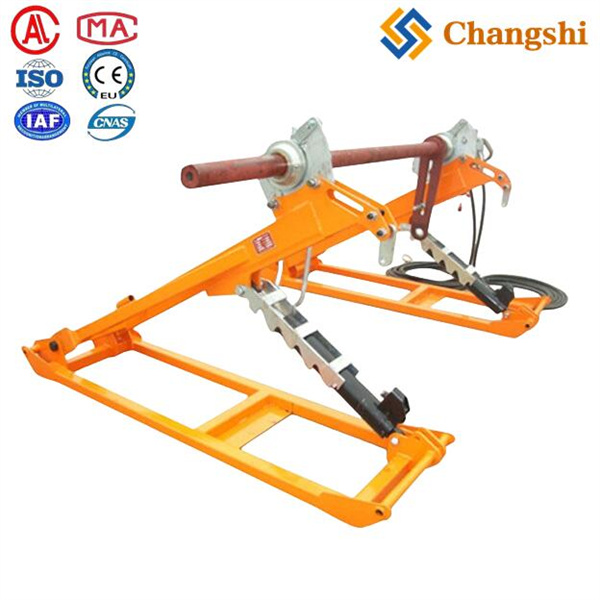
Dyneema rope for Overhead Power Transmission Line Conductor Stringing
Dyneema rope is increasingly used for overhead power transmission line conductor stringing due to its exceptional strength, light weight, and safety advantages over traditional steel wire ropes.
- Transmission Line Wire Cable Conductor Tension Stringing Equipment
- Transmission Conductor Tension Stringing Equipment For Overhead Power Lines
- Tools For Power Lines,Substation,Electrical Construction & Maintenance
- Electric Power Transmission Distribution Line Construction Machine Tools
- Overhead Power Transmission Distribution Line Repair Hardware Fittings
- Underground Cable Laying Pulling Installation Equipment Machine Tools Accessories
- Information
- Video
Dyneema rope is increasingly used for overhead power transmission line OHTLstringingequipment.com/Conductor-Stringing-Equipment.html target='_blank'>conductor stringing due to its exceptional strength, light weight, and safety advantages over traditional steel wire ropes.
-
: Dyneema fiber ropes have a breaking strength comparable to steel wire ropes of the same diameter but weigh less than one-tenth of steel, making them easier to handle and reducing the load on equipment and structures during stringing operations.
-
: Dyneema ropes exhibit very low elongation (2-3% at break), which means minimal stretch under load, critical for maintaining tension and control when pulling conductors. They also endure millions of load cycles without significant degradation, outperforming steel wire in fatigue resistance.
-
: Dyneema ropes store less energy than nylon or steel wire ropes, resulting in reduced recoil or backlash if the rope breaks, enhancing safety for workers.
-
: They resist UV degradation, chemical exposure, abrasion, and corrosion, which is essential for outdoor overhead line work exposed to harsh environments. After two years of sunlight exposure, Dyneema retains about 80% of its strength.
-
: Being synthetic, Dyneema ropes provide electrical insulation, reducing the risk of electrical hazards during OHTLstringingequipment.com/Conductor-Stringing-Equipment.html target='_blank'>conductor stringing.
-
: For power line stringing, 12-strand braided Dyneema ropes with an external polyester (PES) mesh sock are commonly used. This construction provides anti-twisting properties and protects the core, improving handling and durability during the stringing process.
-
Dyneema ropes for conductor stringing are available in various diameters from about 2 mm to 18 mm, with breaking loads ranging from approximately 4 kN to nearly 300 kN, depending on diameter and construction.
-
The ropes are often covered with a polyester mesh to protect the Dyneema core and enhance abrasion resistance during pulling operations.
-
These ropes are used as pulling lines for conductors or Optical Ground Wire (OPGW) on live (hot) transmission lines, enabling safer and more efficient installation.
-
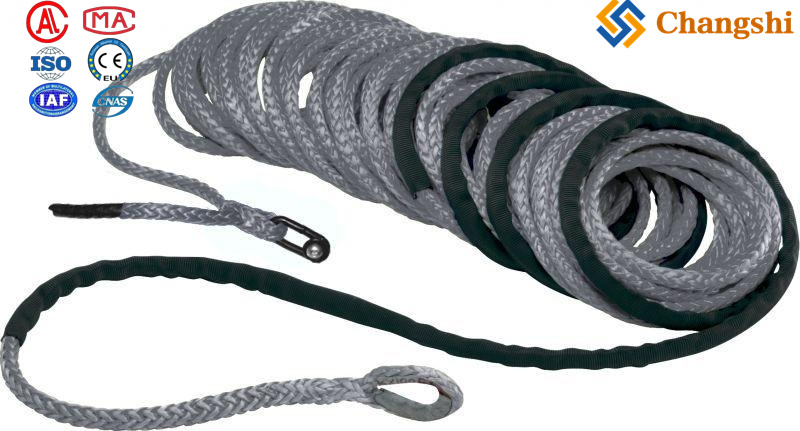
-
The ropes should be handled carefully to avoid sharp edges and abrasive surfaces that can damage the fibers.
-
Bending diameters during use should be at least five times the rope diameter to prevent bending fatigue and prolong rope life.
-
Dynamic loads and shock loading should be avoided or minimized since sudden strain can exceed the rope’s breaking strength, even though Dyneema has good fatigue resistance.
-
Companies like Phillystran and Sherman+Reilly supply Dyneema-based pulling lines specifically designed for utility and power transmission line projects, highlighting their torque-free, fatigue-resistant, and color-coded ropes for easy identification and safety on site.
-
Dyneema rope is recognized as a high-performance alternative to steel wire ropes in overhead conductor stringing, offering improved handling, safety, and longevity.
This makes Dyneema rope a preferred choice for modern power transmission stringing projects aiming for efficiency and safety.


